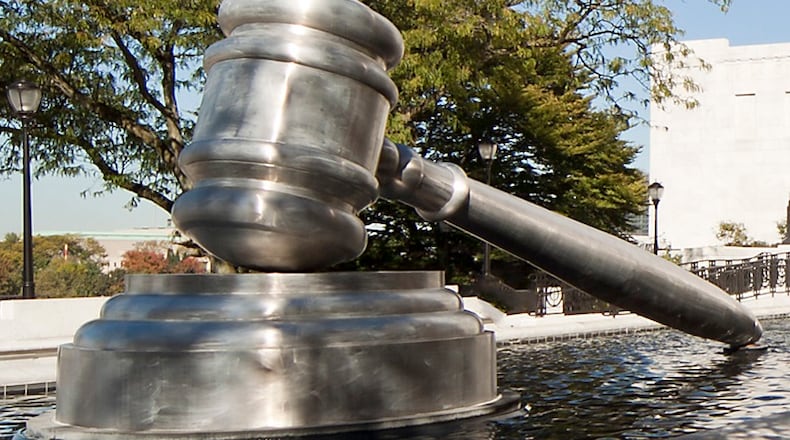The court’s Monday decision called for the ballot board to slightly reconfigure Issue 1′s ballot title and to adopt official ballot language that fully explains how many signatures would be required to get an initiated amendment on the ballot — but the decision wasn’t a full legal victory for complainant One Person One Vote, the official “No” campaign against Issue 1.
The court found that the official ballot title, passed as “Elevating the standards to qualify for and to pass any constitutional amendment,” could maintain the word “elevating” despite One Person One Vote’s claim that the language was impartial. The group also argued that the official ballot language should describe how an enacted Issue 1 would change current law, which the court dismissed.
However, the court took issue with the use of the word “any” in Issue 1′s title, contending that the word “could give voters the false impression that the proposed amendment would make it more difficult to qualify all proposed constitutional amendments for the ballot, regardless of how they are presented,” which is untrue.
In practice, Issue 1 would place a greater voter threshold requirement on all proposed amendments, whether they came from the Ohio General Assembly or citizen petitioners — but Issue 1 exclusively makes it harder for citizen initiative amendments to get on the ballot.
On those grounds, the court ordered LaRose to “prescribe a lawful ballot title that accurately describes the scope of the proposed amendment, without using the word ‘any’ in reference to ‘constitutional amendment.’”
The court also mandated that the ballot board fix an error in the official description, which said the amendment would require all future citizen initiative amendments to receive signatures of “at least five percent of the eligible voters of each county in the state.” An enacted Issue 1 would require petitioners to collect signatures from at least 5 percent of the total of voters who participated in the last gubernatorial election.
As such, the court ordered the ballot board to “adopt lawful ballot language that accurately characterizes and explains the definition of ‘electors’ underlying the petition-signature requirements in the proposed amendment, including how many signatures would be required to qualify an initiative petition for the ballot.”
The One Person One Vote campaign spokesperson Dennis Willard said he was glad to see the Ohio Supreme Court’s decision and characterized the initial ballot language as deceptive.
The Ohio Supreme Court is still considering another case filed by One Person One Vote challenging the legality of the upcoming August special election for Issue 1. It is not yet clear when that decision will be handed down.
Tuesday’s meeting is scheduled for 1:30 p.m. and will be open to the public and streamed online at The Ohio Channel.
About the Author

